Tribal leasing regulations remove roadblocks to economic development, represent another step furthering tribal self-determination
Source: U.S. Department of the Interior
SHAWNEE, Okla. – As part of President Obama’s commitment to self-determination of tribal nations, Secretary of the Interior Sally Jewell and Assistant Secretary of Indian Affairs Kevin K. Washburn today joined Citizen Potawatomi Nation Chairman John Barrett to formally approve tribal leasing regulations that will help spur investment and commercial development on the nation’s trust lands in central Oklahoma.
“The Citizen Potawatomi Nation now has the authority to decide how it wants to do business on its lands, making it easier for families to do things like buy and build houses or open businesses in the communities where they have lived for generations,” said Secretary Jewell, who also serves as chair of the White House Council on Native American Affairs. “Today’s action encourages economic development on Indian lands, generating investment, new jobs and revenues. I applaud Chairman Barrett and Vice-Chairman Linda Capps for their leadership on this initiative and look forward to working with other tribes across the nation to maintain tribal sovereignty and promote tribal self-determination and self-government.”
Today’s signing ceremony comes on the heels of the 2013 White House Tribal Nations Conference, when leaders from all 566 federally recognized tribes are invited to Washington, D.C. to interact directly with the President and senior cabinet and administration officials. The conference – the fifth for the Obama Administration – continues to build on the President’s commitment to strengthen the government-to-government relationship with Indian Country.
The Helping Expedite and Advance Responsible Tribal Homeownership Act (HEARTH Act), signed by President Obama in July 2012, restores the authority of federally recognized tribes to develop and implement their own laws governing the long-term leasing of Indian lands for residential, business and other purposes. Upon one-time approval of these tribal regulations by the Department of the Interior, tribes have the authority to process land leases without Bureau of Indian Affairs (BIA) approval, greatly expediting the approval of leases for homes and small businesses in Indian Country.
“We are thankful to Secretary Jewell, Assistant Secretary Washburn and their team at the Department of Interior for their efforts in implementing the Hearth Act and approving the Citizen Potawatomi Nation business leasing regulations,” said Chairman Barrett. “This is a step in the right direction for tribal self-governance and will empower tribal governments to take greater control of their land. CPN has created a thriving economy of retail and tourism developments and we look forward to working with other businesses to spur business and commercial development in Oklahoma.”
The Citizen Potawatomi Nation, a traditionally Algonquian-speaking Eastern Woodlands tribe has more than 30,000 enrolled tribal members, of whom more than 10,000 live in the state of Oklahoma.
“Increased economic opportunity is the best way to raise the standards of living for tribal members. Today’s formal approval of leasing regulations for the Citizen Potawatomi Nation will pave the way for just that,” said Congressman Tom Cole, who attended the ceremony and was a cosponsor of the HEARTH Act. “This is not only beneficial for tribal governments, but the entire state of Oklahoma will feel the positive impact of increased economic activity. I am grateful to Secretary Jewell, Assistant Secretary Washburn and the Interior Department for their tireless efforts in helping tribes use their own lands.”
The signing, which took place at the Potawatomi National Cultural Heritage Center in Shawnee, is the sixth tribal leasing ordinance approved by the Department of the Interior under the HEARTH Act. Previous pacts were signed with the Federated Indians of Graton Rancheria (February 1, 2013); Pueblo of Sandia (March 14, 2013); Pokagon Band of Potawatomi Indians (April 11, 2013); Ak-Chin Indian Community (November 10, 2013); and Santa Rosa Band of Cahuilla Indians (November 10, 2013). Additional tribal leasing authority applications are under review.
Today’s ceremony comes almost a year after Interior issued new regulations to complement the HEARTH Act by streamlining the department’s leasing approval process. The final regulations, issued November 27, 2012, capped the overhaul of antiquated BIA regulations for leasing 56 million surface acres that the federal government holds in trust for Indian tribes and individuals.
The new regulations fundamentally change the way the BIA does business, providing clarity by identifying specific processes – with enforceable timelines – through which the BIA must review leases. The regulation also establishes separate, simplified processes for residential, business, and renewable energy development, rather than using a “one-size fits all” approach that treats a lease for a single family home the same as a lease for a large wind energy project.
“The very essence of self-determination is that it should be the tribe that decides how its lands may be used for the good of its members, and that is what the HEARTH Act and Interior’s comprehensive reform of Indian land leasing regulations does,” said Assistant Secretary Washburn. “These parallel efforts have a real impact for individuals and families who want to own a home or build a business. These initiatives help strengthen self-reliance and secure the well-being of future generations.”


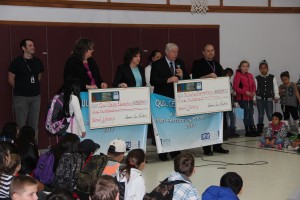


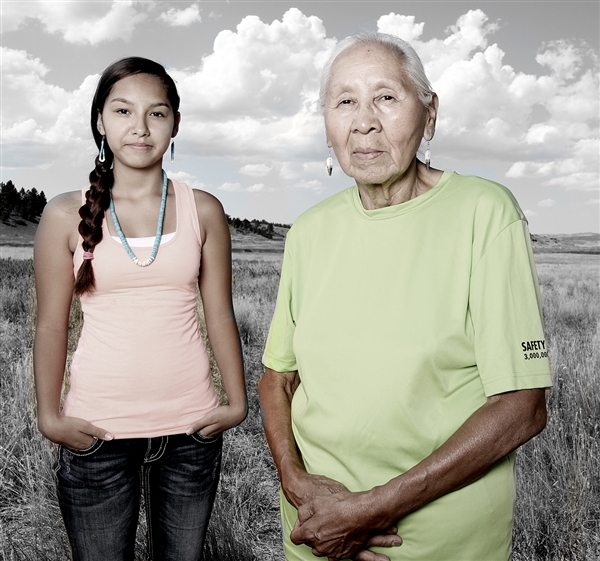
 Courtesy Matika WilburNative American activist and poet John Trudell, left, and Son Coup of the Santee Sioux Nation pose for a photo in San Francisco, Calif., in July.
Courtesy Matika WilburNative American activist and poet John Trudell, left, and Son Coup of the Santee Sioux Nation pose for a photo in San Francisco, Calif., in July.
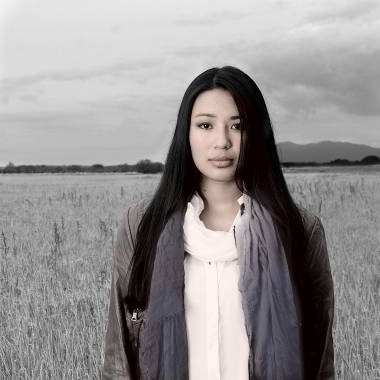 Courtesy Matika WilburAnna Cook of the Swinomish and Hualapai tribes poses for a photo in Swinomish, Wash., earlier this month.
Courtesy Matika WilburAnna Cook of the Swinomish and Hualapai tribes poses for a photo in Swinomish, Wash., earlier this month.

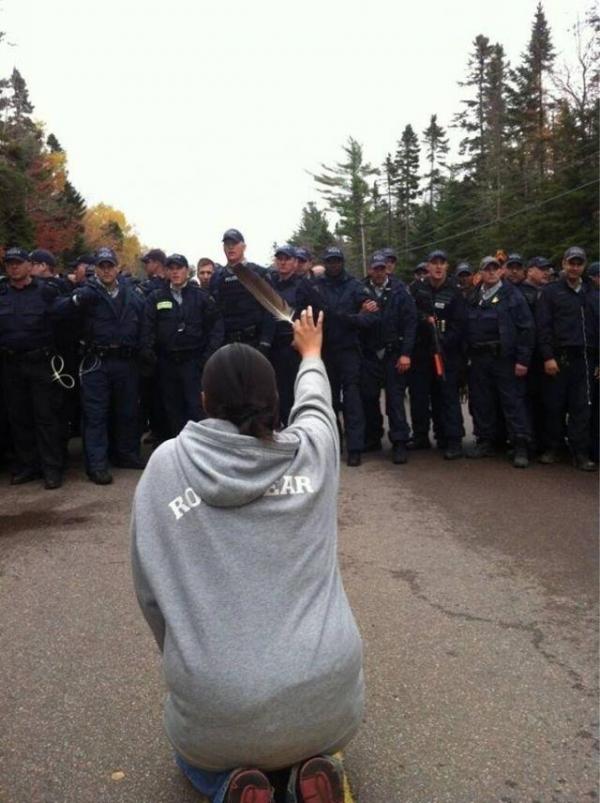




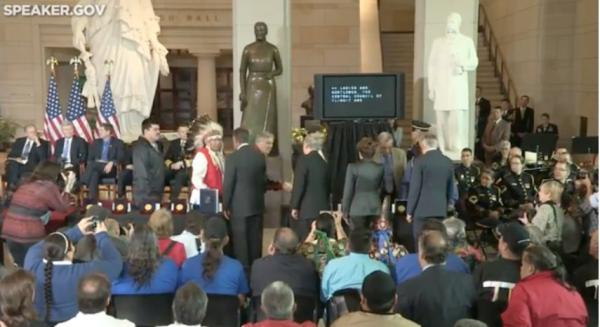

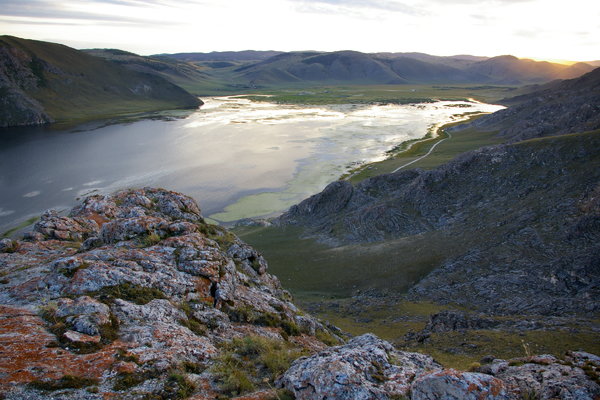


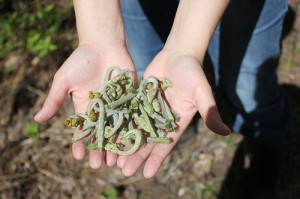
 LaTisha Coffin, Mino Wiisinidaa! project coordinator, harvests fiddlehead ferns that will be used in a cooking demonstration. U.S. Forest Service photo.
LaTisha Coffin, Mino Wiisinidaa! project coordinator, harvests fiddlehead ferns that will be used in a cooking demonstration. U.S. Forest Service photo.